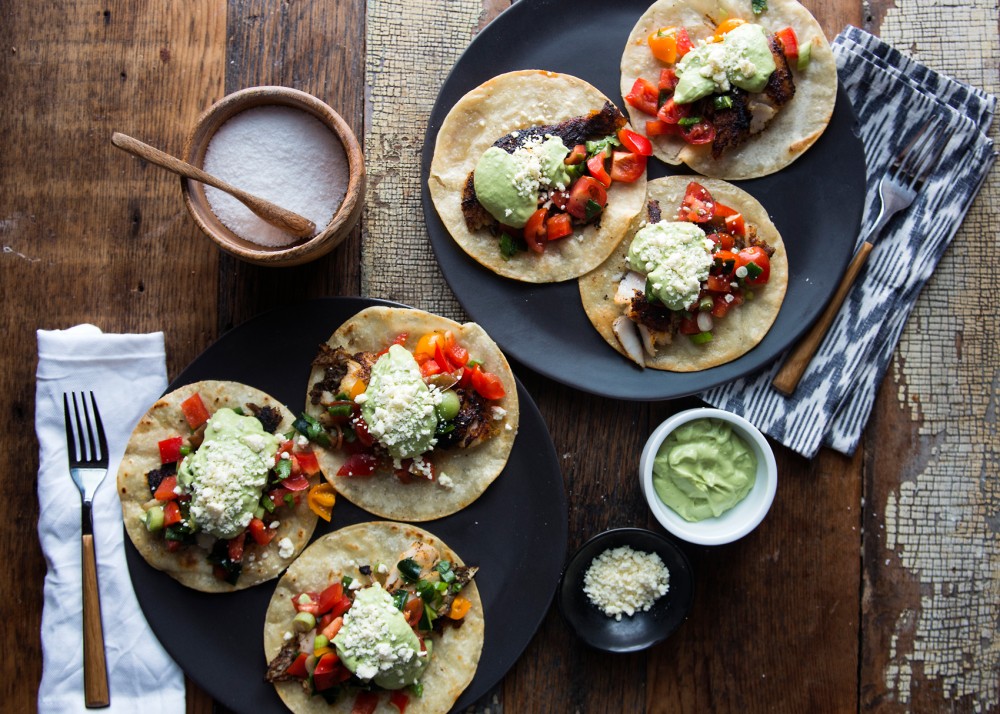Minneapolis-based ingredients delivery service Local Crate loves home-cooked meals.
The company, which launched in 2015 with the help of a Kickstarter campaign, delivers fresh and local ingredients to its customers statewide.
Since its opening, the company has developed relationships with local producers, farmers and hunger-relief organizations.
For every delivery, the company donates a certain amount to a local hunger-relief partner of the consumer’s choice. Local Crate has donated about 2,200 meals over the last five to six months.
A&E chatted with Frank Jackman and Mike Stalbaum, the co-owners of Local Crate, about local farmers and local food.
How did Local Crate start?
Frank Jackman: My business partner and I used to work at the Schwan [Food] Company.
We were there for a couple of years — Mike was a corporate chef, and I was a marketing manager. We were looking for business ideas that we can execute, and this idea was brought up.
We built a business plan around it. We had to make that decision if we wanted to leave the corporate world into the local food realm, and we decided to make the leap.
What sets Local Crate apart from the national players?
Mike Stalbaum: We say our recipe for success is local — local chefs creating local recipes, local producers and farmers supplying ingredients and local hunger-relief partners.
How is your working relationship with the local producers?
MS: In the beginning, it was definitely hard to find and build those relationships. We did find a few key people that are very integrated in the local food chain that were able to lend a hand.
We spent a lot of time at farmers markets talking to farmers. We were able to build a few small relationships in the beginning that has since grown to a dozen farmers that we now have relationships with.
How are the recipes developed for Local Crate?
MS: Some of our recipes are in collaboration with chefs. … The rest of the recipes are developed by myself.
We get feedback on what people think is easy, medium or challenging. I throw a couple of things into it; one is the amount of prep that has to be done. Two, any kind of difficult techniques would be a factor.
The third thing would be how many pots and pans you have to use. Even though that might not seem like difficulty, it does add difficulty when people are making a dish.
An easy [dish] would be almost no prep, almost a one-pot meal or a one-pot meal and little to no technical difficulty.
Can people expect to learn how to cook from the service?
FJ: It’s a great way for people to learn how to cook. There’s information [for each] recipe, so culinary terms like julienne or [how to] chop a certain vegetable [are explained]. We are teaching the consumer.
There is something to learn over time, but that first or second recipe may take a little bit of time, especially if you’re not used to working in the kitchen or working with these vegetables or ingredients.
But over time, you become very quick and efficient in the space because you’re learning.
MS: As our business grows, we’re always talking about what are the new ways to incorporate education to our consumers.








